Statutory Demand Threshold Increases to $4,000
On 27 May, the Corporations Amendment (Statutory Minimum) Regulations 2021 passed Parliament. This permanently increases the statutory demand threshold from $2,000 to $4,000.
A statutory demand is issued under section 459E of the Corporations Act. Most commonly it is used by a creditor to force a company to pay their debts within 21 days. If a company is unable to comply with the demand, they are presumed to be insolvent.
Throughout most of 2020, as part of the Federal Government’s Coronavirus Economic Response package, the threshold was increased to $20,000 and debtors were given six months to pay back debts. This package was subject of a prior post here. However, these measures ended on 31 December 2020.
Now the new changes are part of the government’s longer term insolvency reform plans to better address the needs of smaller businesses and create a more resilient economy post-pandemic.
Proponents of the increase say that a $4,000 threshold better adjusts to inflation and also acknowledges the typical legal fees associated with issuing a statutory demand. On the flip side, some say that a lower debtor company will now be able to slip under the threshold more easily.
Note: These changes will come into effect on 1 July 2021. If you issue a statutory demand prior to this, the $2,000 threshold will still apply.
BMW loses Ferrari after invalid PPSR Registration
A recent ruling in the Federal Court of Australia in Rohrt, in the matter of Rose Guerin and Partners Pty Ltd (in liq) v Princes Square W24NY Pty Ltd [2021] FCA 483, reminds us just how important correctly perfecting a security interest can be in the event of liquidation.
Facts
In June 2018, BMW Finance (BMW) entered into an arrangement with a company as trustee for a trust.
The arrangement was a chattel mortgage for a luxury vehicle. This mortgage was to be repaid monthly over a 5 year period. BMW registered this vehicle under the Personal Properties Securities Register (the PPSR), which protects registered interests in goods should a customer become insolvent and can give you priority among other creditors.
In November 2019, the Company was struggling to keep up with the repayments, therefore BMW agreed to vary the agreement to reduce the monthly repayment and extend the agreement by three months. However, on 19 December 2019, the Company was placed into administration and administrators were appointed with the Company subsequently going into liquidation.
On 11 February 2020, BMW received a notice of disclaimer of onerous property from the Liquidators which declared that they disclaimed the vehicle.
The amount owing on the vehicle was over $450 000 and according to the Liquidator’s affidavit, the finance associated with the vehicle was significantly in excess of its value. BMW was instructed by the Liquidators to liaise with the Company directly to repossess the Ferrari.
In May 2020, the Liquidators applied to the Court under section 530C of the Corporations Act to seize all property of the Company and a warrant was granted and the vehicle was seized by the Liquidators despite the Notice. When BMW’s solicitors queried why this occurred, the Liquidators stated that their actions were valid due to BMW’s ineffective PPSR registration.
Was BMW’s PPSR Registration defective?
Under section 164 of the Personal Properties and Securities Act (the PPSA), a security interest is ineffective if there is a seriously misleading defect in the registration and it is not necessary to prove that someone was mislead by it.
Even though the original chattel mortgage agreement with BMW provided that the Company purchased the vehicle as trustee for a trust, there was an issue with registration of the security, as the security was not registered under the ABN for the trust.
The Liquidators relied on the case of in the matter of OneSteel Manufacturing Pty Limited (administrators appointed) [2017] 93 NSWLR 61, where a financing statement should have been registered under the ACN, but the secured party used the ABN instead. This was found to be a defective registration under s 164 of the PPSA.
Was the Notice valid?
BMW by its own submissions conceded that their interest in the vehicle was defective and that they were unsecured creditors but BMW argued that the Liquidator’s notice of disclaimer affected their ability to seize the car.
The Court found that due to BMW’s unperfected security interest, when the Company went into administration, the vehicle automatically vested with the Company under section 267 of the PPSA, and this meant that the Company held the vehicle free from BMW’s security interest.
As the Notice was sent subsequent to the automatic vesting of the vehicle, the power of the liquidators to disclaim under section 568 of the Corporations Act was not enlivened because the Court disagreed with BMW’s submission that the vehicle was an onerous obligation due to its high value and lack of onerous obligations tied to the vehicle.
The Court therefore concluded that the Notice was null and void and this left BMW with a ‘personal claim’ against the Company but no proprietary interest in the vehicle.
Conclusion
This case serves as a timely reminder of the importance of correctly registering a security interest and always being prepared in the event of insolvency. Even large organisations like BMW are not immune from PPSR mishaps, which can be costly.
Morrison Government pursuing more insolvency reform
Ahead of next week’s federal budget, the Morrison Government has decided to pursue further measures to improve Australia’s insolvency framework for businesses.
Most notably, the threshold for which a creditor can issue a statutory demand on a company will increase from $2 000 to $4 000, this change is scheduled to take effect on 1 July 2021.
Other reforms being considered are:
- Changing how trusts are treated under insolvency law;
- a review of whether Safe-Harbour provisions, introduced in 2017, should remain; and
- introducing moratoriums on creditor enforcement while insolvency schemes are being negotiated
The changes being considered will build on the reforms which came into effect on 1 January of this year that streamlined the insolvency process and provided directors with greater control to restructure or wind down their operations. These changes were subject of a prior post which you can access here.
A copy of the Treasurer’s media release issued on 3 May 2021 can be accessed here.
With insolvency becoming an evolving space, professional legal advice is key for all businesses.
Insolvent trading moratorium extended to New Year
This morning the Federal Government announced it will continue to provide regulatory relief for businesses impacted by COVID-19 by extending temporary insolvency and bankruptcy protections until 31 December 2020.
These measures, originally set to expire on September 30, include:
Bankruptcy changes
- Increase in the minimum debt threshold for a creditor-initiated bankruptcy procedure from $5,000 – $20,000;
- The time to respond to a bankruptcy notice increased from 21 days to 6 months;
- An extension of the protection period for individual’s declaring an intention to present a debtor’s petition extended from 21 days to 6 months.
Insolvency Changes
- Increase in minimum amount for a statutory demand from $2,000 – $20,000;
- Increase in time to respond to a statutory demand from 21 days to 6 months;
- Temporary suspension of directors’ personal liability for insolvent trading for six months (egregious cases of dishonesty will still attract criminal liability);
- Insertion of s 588GAAA which provides an additional temporary safe harbour provision during the six-month period.
Treasurer Josh Frydenberg commented that “the extension of the temporary changes to the insolvency and bankruptcy laws will continue to provide businesses with a regulatory shield to help them get across to the other side of the crisis.”





